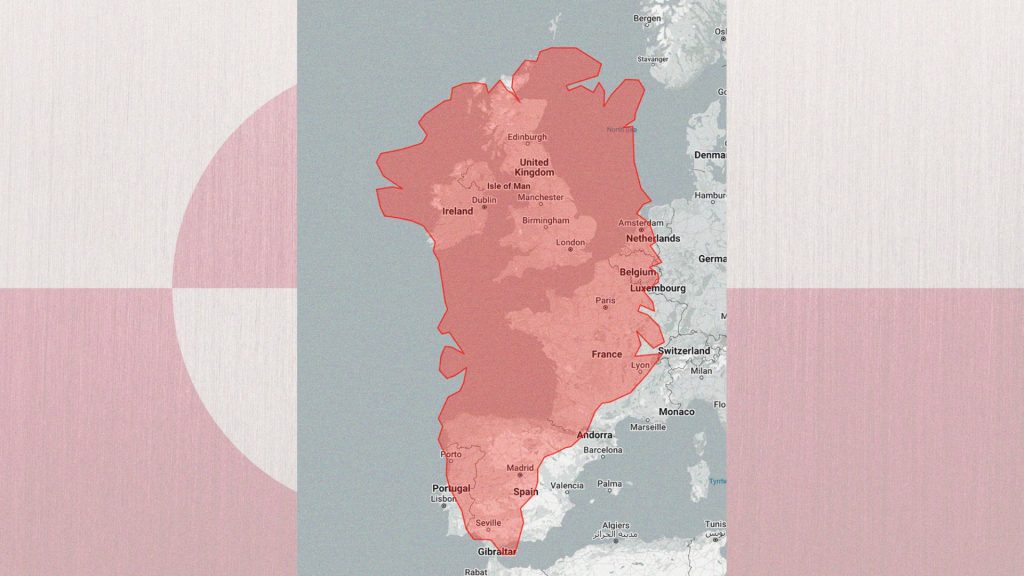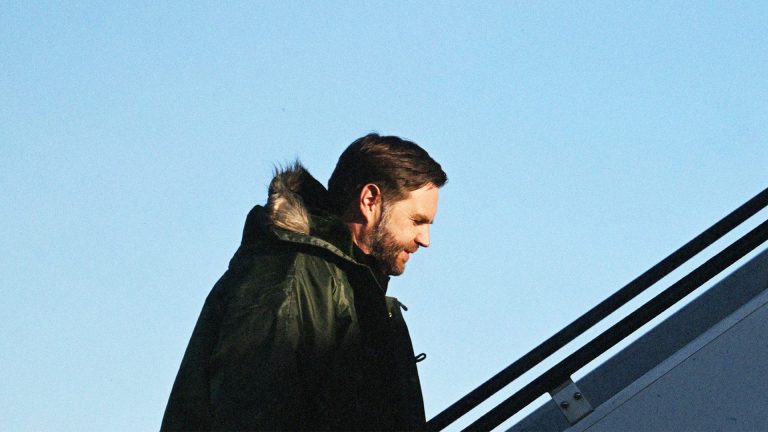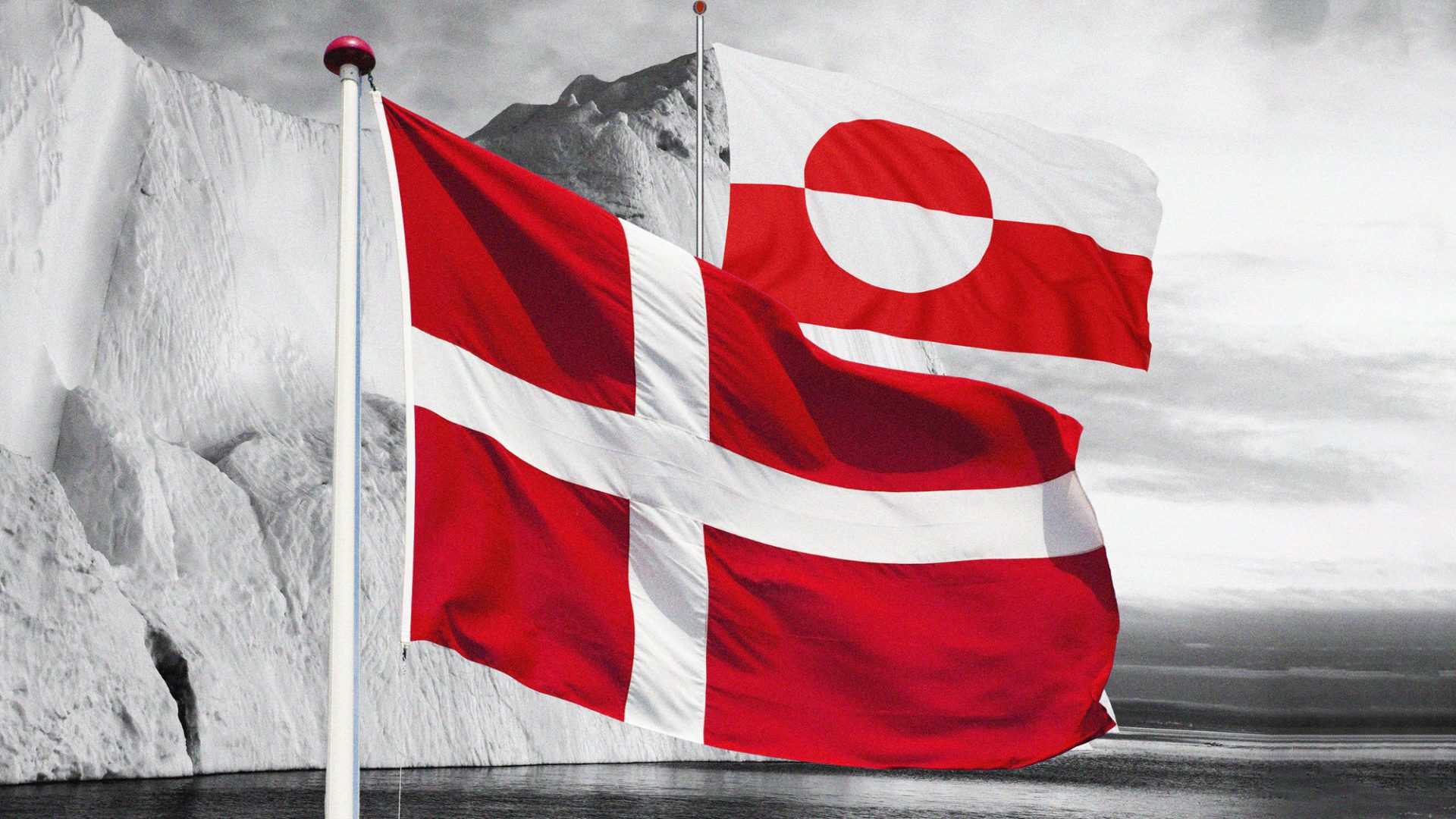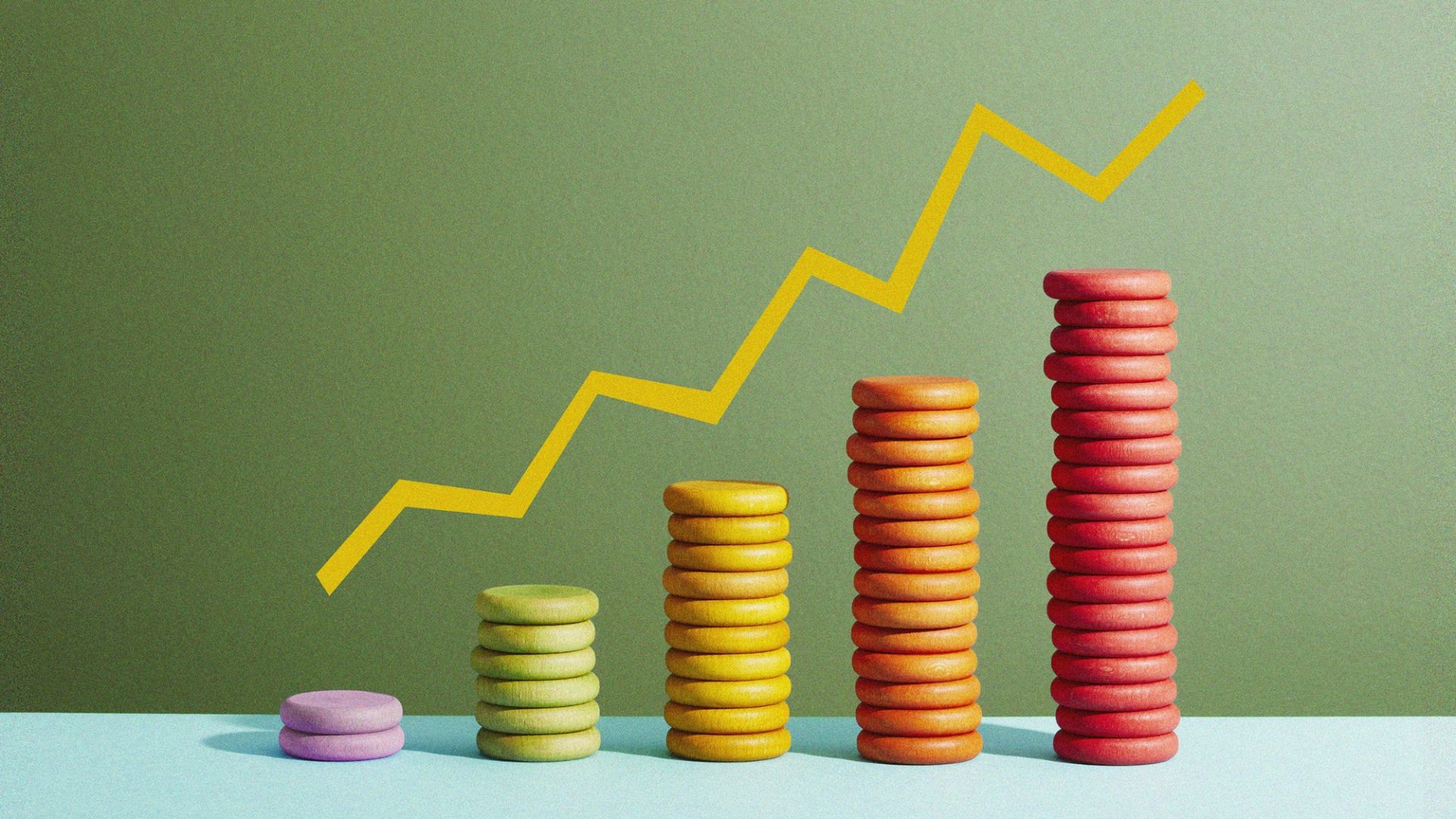1. At over 2 million sq km, Greenland is the world’s largest island (provided, of course, that you don’t count Australia). Its landmass is larger than (deep breath) France, Germany, Spain, the UK, Italy, Greece, Switzerland and Belgium combined. It’s big.
2. But not that big. On the standard Mercator projection maps, which distort land towards the poles so as to turn a globe into a rectangle, Greenland appears about as big as Africa. It isn’t. It’s less than one-tenth the size.
3. There is also – I can’t stress this enough – hardly anyone there. Approximately 57,000 people live in Greenland, giving it a population roughly on a par with Kidderminster. Roughly a third of these (19,000) live in the capital, Nuuk, making it a similar size to Goole in East Yorkshire.
4. The reason so few people live in this enormous area of land is because it is remarkably unwelcoming to human, or indeed, any life. Two-thirds of the island lies north of the Arctic Circle; four-fifths of it is covered in an ice sheet, an average of 1,500m thick and 3,000m at its maximum extent. Agriculture is possible on just 1% of the island. The lack of rain means that, despite the cold, large areas of it can be classed as deserts.
5. Around one in 10 Greenlanders are of Danish extraction; the rest are Inuit.
6. The latter – who call the island “Kalaallit Nunaat” – have been there a while, and are thought to have begun crossing from North America as long ago as 2500 BCE. But the former are a relatively recent arrival. Viking explorer Erik the Red founded the first European settlement on the island in 982. To contrast with Iceland, from which he’d just been exiled, he named a larger, even icier landmass “Greenland”, an event that must count as one of the earliest real estate marketing scams in recorded history.

7. The colonial era began when the Danes arrived in 1721, perhaps three centuries after that first settlement died out. First came a trading post; then a monopoly on exports. The coast was closed to foreign access until 1950.
8. Greenland’s status has changed several times in recent decades. It became an integral part of Denmark in 1953; was granted home rule in 1979; then, following a referendum, greater autonomy in 2009. Today, Denmark controls the island’s foreign relations and defence, while Greenland controls essentially all other policy areas through its own parliament. It also elects two members to the Folketing in Copenhagen.
9. Polls have consistently found that most Greenlanders would support independence, but not at the cost of a reduction in living standards. Therein lies the rub: although the island has a thriving fishing industry, its economy relies heavily on a Danish block grant.
Suggested Reading

Greenland knows what it wants, and it’s not JD Vance
10. All of which might make you wonder why Donald Trump is so keen to get his hands on this cold and empty island. There are three obvious possibilities. One: the Arctic is an increasingly important area for both trade and conflict, and the US would like a toehold for military bases in the Atlantic high north.
11. A second relates to the reason why the Arctic is becoming an increasingly important arena. The same climate change that is opening up new northern seaways is also causing the Greenland Ice Sheet – the world’s second largest – to melt at record speed. That doesn’t just risk catastrophic sea level rises: it also opens previously inaccessible land to mining or oil exploration. So it’s not all bad.
12. The third possible reason for Donald Trump’s obsession with Greenland is that it looks really big on the map.




